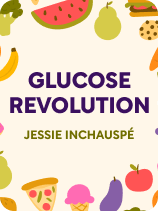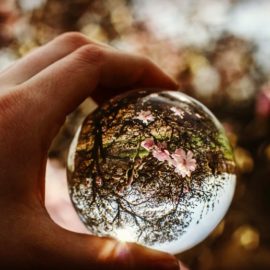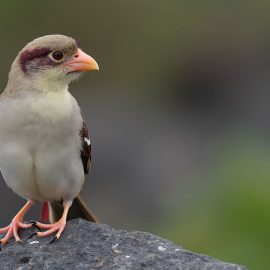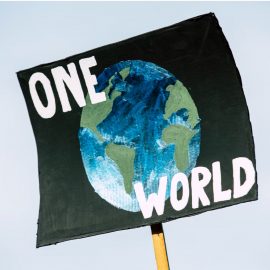

This article is an excerpt from the Shortform book guide to "Glucose Revolution" by Jessie Inchauspé. Shortform has the world's best summaries and analyses of books you should be reading.
Like this article? Sign up for a free trial here.
Where does glucose come from? How does the body convert glucose to energy?
According to Jessie Inchauspé, the author of Glucose Revolution, we need glucose to survive, but we can’t synthesize it ourselves. This means that we must get it from another source: plants. All the glucose in food we eat came from a plant at some point.
Here’s how plants produce glucose.
Where Does Glucose Come From?
Where does glucose come from? Glucose is a carbohydrate, which are molecules that are created when carbon and water join together (as happens, for example, during photosynthesis). Plants bind glucose molecules together in various ways and for different purposes, forming three main types of carbohydrates: starch, fiber, and sugars.
Glucose is vital for our existence, but our bodies cannot produce it. Therefore, we must get it from the food we eat: It is our body’s most important energy source.
(Shortform note: The sugar we consume in our diets comes primarily from agricultural crops such as corn and sugarcane. However, plants aren’t the only sugar producers—scientists have created a new type of cyanobacteria that produces harvestable glucose, sucrose, and cellulose. The researchers hope to develop this microbe as a source of sugar for industrial products like ethanol and designer fuels. Currently, a lot of plant sugars are used to make industrial products, which pressures farmers to produce crops for non-food purposes. If scientists can make the microbe a reliable sugar source, it’ll reduce the amount of energy and land that’s used for non-food sugar crops, thus reducing pressure on farmers and the environment.)
Plants make glucose because they need it for energy just like we do, but they create it in a process called photosynthesis. They use the sun’s energy to turn carbon dioxide from the air and water from the soil into glucose.
(Shortform note: Our whole body uses glucose for energy, but it’s especially important to the brain. Our brains are extremely dense with nerve cells that consume half of the body’s sugar energy. Cognitive functions such as memory, learning, and thinking depend on glucose levels and the efficiency of glucose uptake, so our brain suffers when our glucose levels are off. For instance, when too little glucose is available to the brain, it fails to produce neurotransmitters—chemical messengers that carry information between neurons.)
| Could Artificial Photosynthesis Be the Future of Energy? Researchers are attempting to create an artificial version of photosynthesis that can become a renewable, clean energy source to fuel cars and provide reliable electricity. Photosynthesis could be an answer to concerns about dwindling fossil fuels and resulting environmental destruction because it’s arguably the most efficient energy system on the planet. To successfully mimic photosynthesis, a human-made energy conversion system must be capable of harvesting sunlight and splitting water molecules into hydrogen and oxygen. To produce a useful fuel for humans, the process would also have to produce a liquid form of hydrogen. Scientists have achieved this in a lab, but the process isn’t yet scalable for mass production. |

———End of Preview———
Like what you just read? Read the rest of the world's best book summary and analysis of Jessie Inchauspé's "Glucose Revolution" at Shortform.
Here's what you'll find in our full Glucose Revolution summary:
- Why you feel hungry soon after you eat and get tired throughout the day
- The role glucose plays in your body, both positive and negative
- Strategies for taking control of your health and glucose levels






